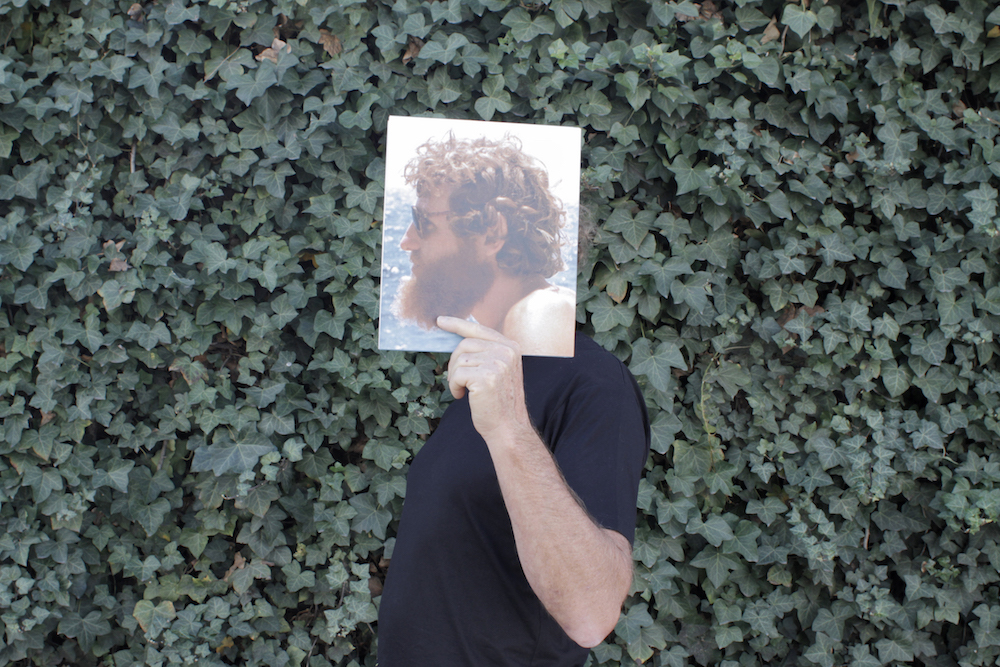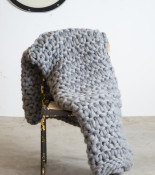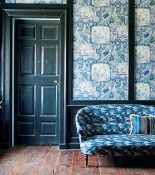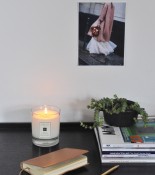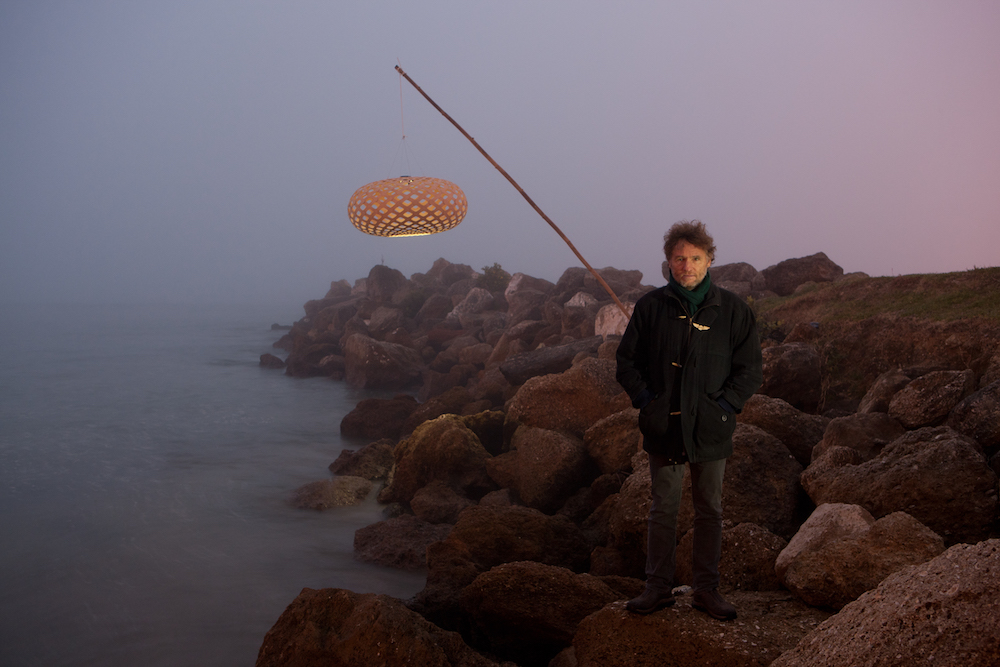
Before moving to New Zealand, if someone were to ask me to name an industrial designer from here, David Trubridge would have be the first one to pop to mind. His lighting, most notably the Coral light, is recognized around the world as a design classic and its geometric design creates a playful pattern on the walls and ceiling when lit. The Coral, and much of David’s lighting and furniture is on show in some of the finest interior and commercial fit-outs worldwide.
All of David Trubridge designs are made sustainably. The environmental footprint is made even less after redesigning much of his lighting so that they can be sent as “kitsets” ready to be easily assembled at home. David is so passionate about the environment and aspires to lead green business models, not follow them. For that, his open attitude and cutting edge design, he is a true inspiration. It’s an honour to have him as one of my guests for the New Zealand Month interview series.

You began your life in New Zealand in the mid 1980’s after an epic five-year sail from the UK with your young family. Would you say that this journey, along with settling by the ocean in Hawkes Bay, has been your biggest influence in your designs?
Yes definitely. But in a way it was more the relocation than the actual trip, not that the voyage wasn’t also very influential. Had I stayed working in England for all my life I am sure that my work would have been much less adventurous. But of course that was never going to happen just because of the sort of person I am. I will always be drawn to the wild places, walking in the mountains or windsurfing out on the ocean. And I love the sea and all the remarkable craft that it has inspired humans to make for moving on it.
I have always said that what I appreciate most about New Zealand is the space — the amazing physical space of course, but also the creative space. The glass walls and ceiling here are so much less restrictive than in Europe – I feel free to venture far out onto the open ocean of creativity. In that space you can discover things you never knew existed.
Your most famous piece of design, the Coral light, came to life almost by accident after you were playing around trying to make a polyhedron with plywood. Do you find that many of your design objects begin like this?
It wasn’t exactly “by accident” though I know what you mean: it was not planned. The crucial thing to realise about creativity is that it cannot be willed. If you read what artists of all disciplines have written about the creative process you will be amazed to see how this fact is expressed again and again, whether by Bob Dylan, Brancusi, a philosopher, and so on. It is not a logical, formulaic step-by-step process. All you can do is create the right conditions for it to happen and hope that sometimes the “muse” might appear. And the more you do this the more likely you are to strike lucky. But the more you consciously go looking for it, the more it runs away like Robbie Burns’ timorous beastie. Today people are driven more by the rational self-reflexive left hemisphere of our brains, so they are going in the opposite direction. If you sit down and try to force out a design it is probably going to be a small logical step in a predictable direction — or a novelty like one of the tedious and forgettable ‘clever-dick’ designs, the gimmicks, and the one-liner jokes, that you see everywhere. So I try to create for myself that emptiness and surface calmness that enables me to make larger more unexpected leaps.
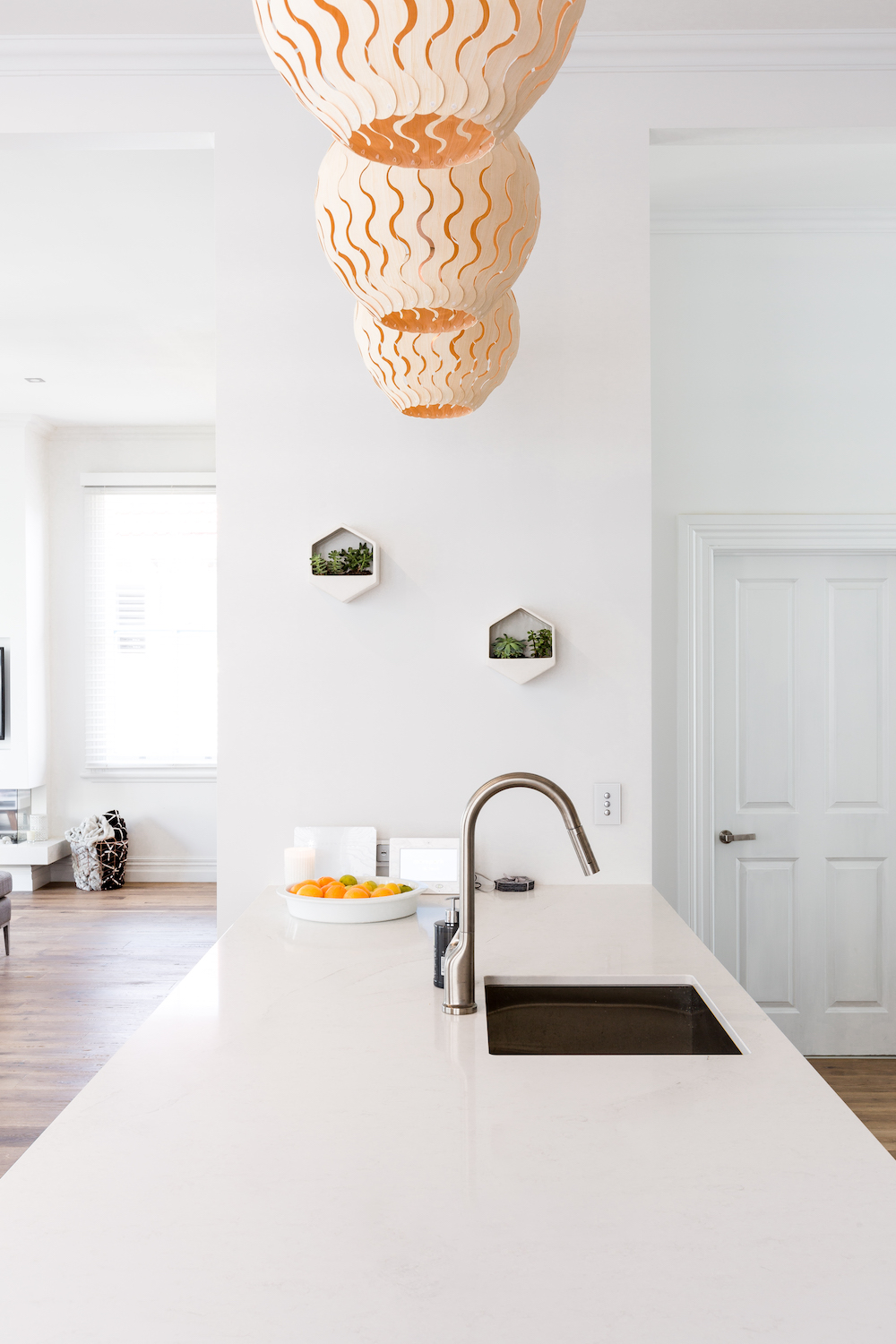
I imagine that it must be extremely difficult to see your work copied and inferior products advertised as your own. How do you deal with this, especially with your strong ethos on sustainability? Do you see any answer for this problem?
Yes it is difficult! It is sad how unscrupulous people are so willing to capitalise on the creative efforts of others, and how indifferent the buyers can be. Our biggest problem is Australia, where copyright is a business inconvenience generally ignored. We deal with it with the great legal team at K&L Gates from Melbourne. I am pleased to say that with their creative help we have managed to stop almost every one of the companies who were selling copies or replicas of my designs. And, because of damages claimed, it has cost us virtually nothing! This is very encouraging but Australia still urgently needs better copyright laws to bring it into line with the rest of the world. In the UK copyists are now faced with a fine of 50,000 pounds or ten years in prison! This is needed to help young designers have a future, which is threatened right now if all their good ideas can be copied, made in China and put on the market within months of being shown. It is also needed because, in order to be cheap, the fakes care nothing for the environment – they are usually badly made (so will not last) with non-sustainable and polluting materials by abused underpaid workers. Fakes are theft in all respects.
You are well known to champion sustainability, what do you believe design houses could do or take on, to make a lasting impact environmentally.
The first thing is simply to care. A business can decide that sustainability has become a consumer issue so they will make a show of doing something that makes them look good. They don’t really care so it is skin deep, an artifice. But if you do care, then this will inform every aspect of what you do — you can’t not do this. I care desperately about the environment and whether our descendants will be able to enjoy it and be enriched by it like we are, let alone simply to have access to fresh water, clean air and good food. So that care informs everything I do.
When designers create a new product or service, then they and they alone are responsible for every effect it has on the environment. If we specify a material or process that consumes non-renewable resources, or pollutes or puts too much carbon into the atmosphere, then we are culpable. Sometimes it is easy to be unaware, but ultimately that is no excuse. We have to research everything we specify, and if a supplier will not give us the information we require we cross that supplier off our list. That narrows things down considerably! A good way to do this is by using Life Cycle Analysis, but it is quite expensive and can be confusing if you go too deep. We have commissioned LCAs for our products and provide Environmental Product Declarations (EPDs) so that purchasers have access to all the good and the bad aspects of the product in order to make up their own minds.

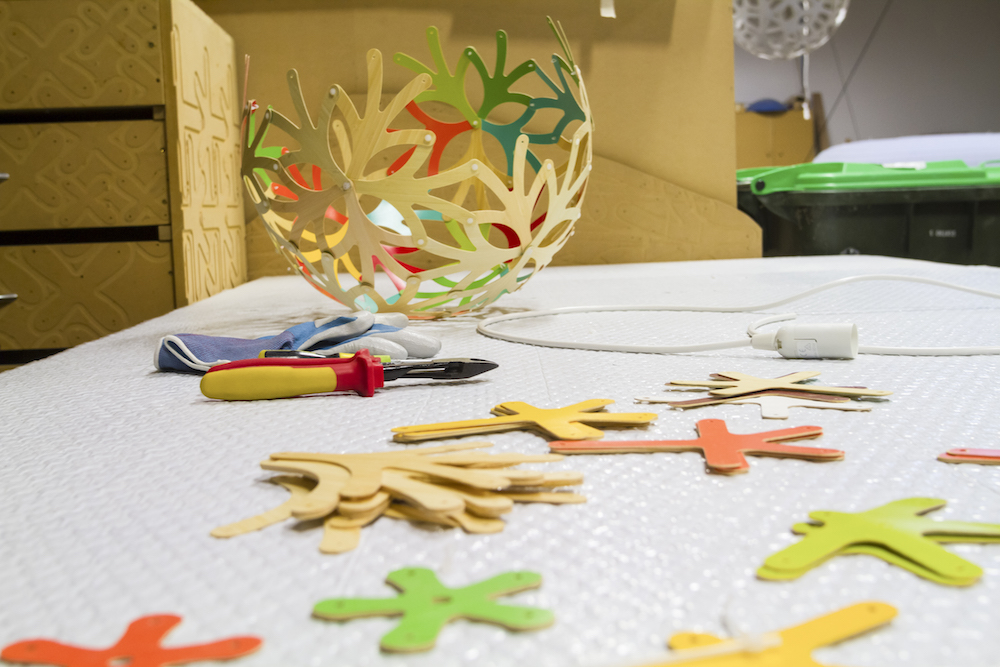
What are the advantages and disadvantages of being a designer living in New Zealand?
I think I have outlined some of the advantages, the freedom of space, etc. And of course we can have a wonderful lifestyle alongside our work, which is far less easy in large crowded and polluted cities. The downside is that we have to be more self-sufficient. There are far less others like us with whom to share experiences and feedback. New Zealanders are naturally very competitive (watch the driving!) which can be an asset, but quickness to criticise and suspicion can also preclude more open collaboration. New Zealanders more often jump on someone to use them to get up rather than empathise with them. I see all of these traits more here than in Europe or the USA.
In the design world our isolation is an enormous issue. Our market is tiny and our cost of manufacture is high. Add that to long distance freight costs and many of our ideas become just not viable. That means we have to be very creative in what we do and how we sell it — not necessarily a bad thing. I have found it very difficult to get design commissions from Europe where the perceived distance of New Zealand is so much greater than the other way around. They already have so many good designers on their doorstep. So we are forced to be independent and self-reliant. But then our perceived exoticism is a great asset – they love to hear our stories and get a sense of south Pacific culture. They love their idea of our pure land (however misconceived) and need it to be here for them even if they will never come here.
Do you have any advice for young designers starting out today?
Be yourself. You are your greatest asset because there is no-one like you. If you try to fit into the mould, to follow trends, to be cool like others, you will just be one of the herd, charging blindly in whichever direction the style-makers decide to lead you. But if you stick persistently to what you yourself believe in, then you will retain your integrity. Ultimately that will shine through and be recognised. Your integrity and your uniqueness will lead to amazing and original ideas. And even if it doesn’t generate big financial rewards, surely it is still better to do this than to sell your soul to the devil of commercialism just to make some cheap money? I like to think that this is another great aspect of being a New Zealander. And anyway, in New Zealand you can always have a rewarding lifestyle! Stuff ‘em, go fishing . . .
Thank you David!
If you’d like to read more about David’s commitment to sustainability and design, there’s a load of information on his website. He has also written a book entitled, So Far.
In case you missed it, as I make my way to my new life in Sweden, the month of September is my homage to this beautiful country that I called home for over five years. It’s a dedication to its people and talent. Look out for my next New Zealand month feature this coming Thursday.
Mel x
All images courtesy of David Trubridge
